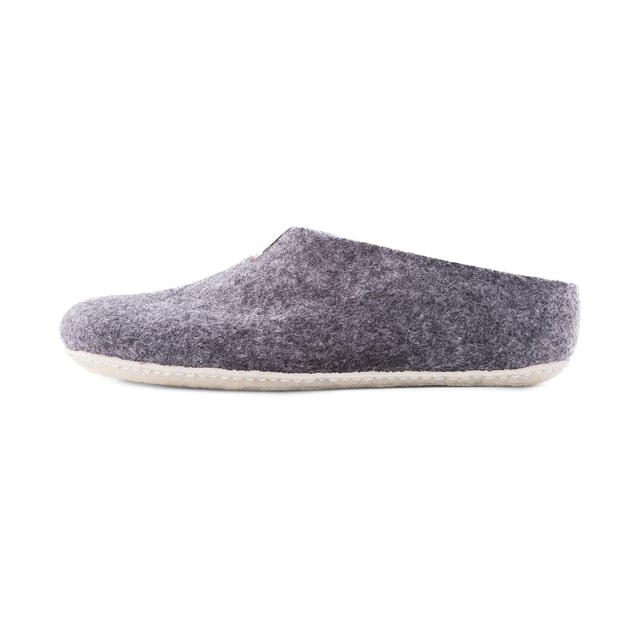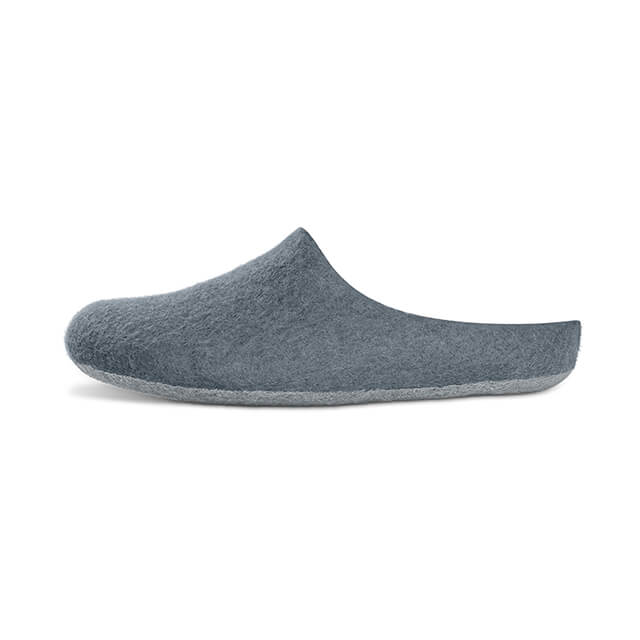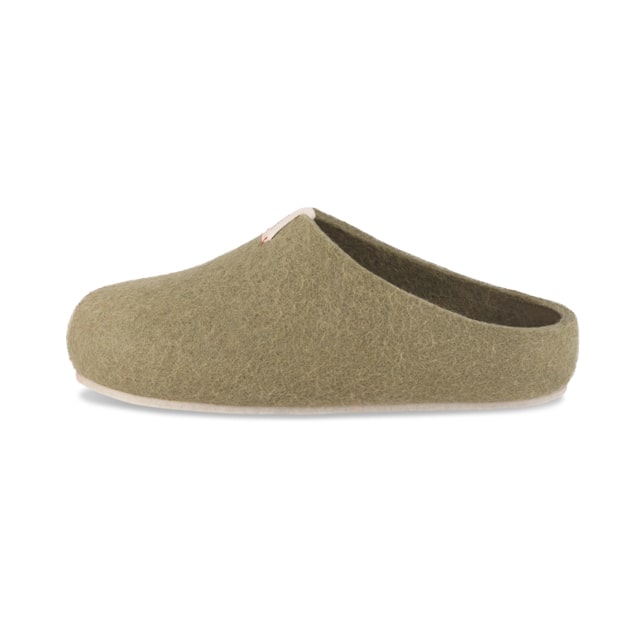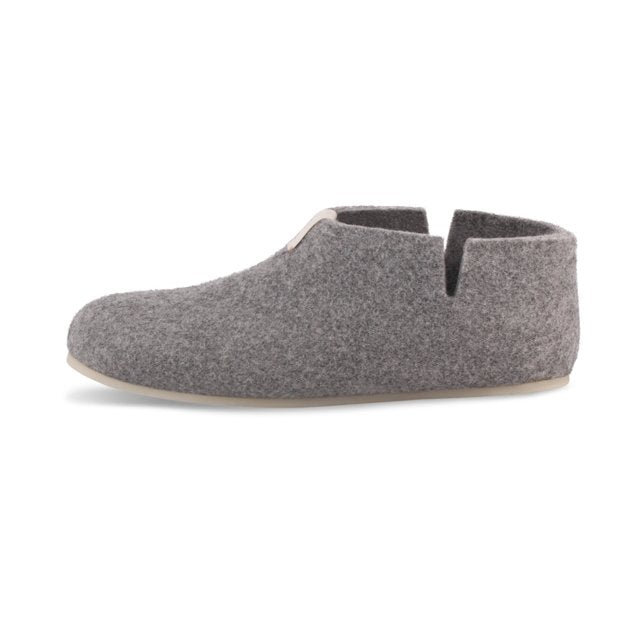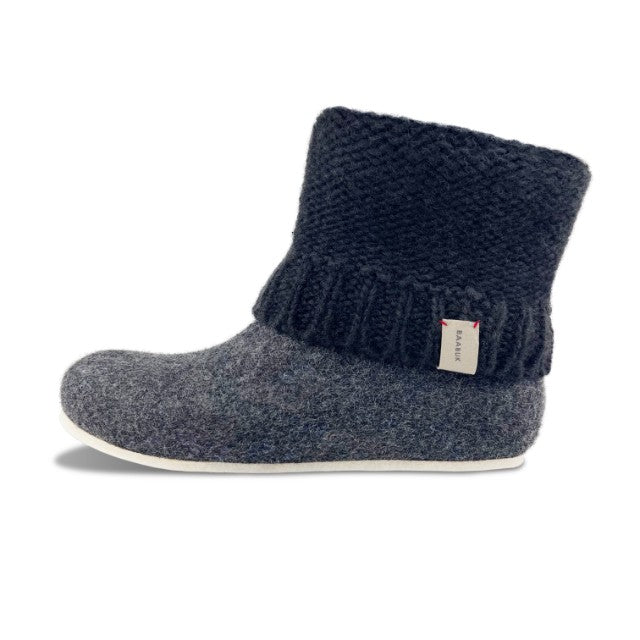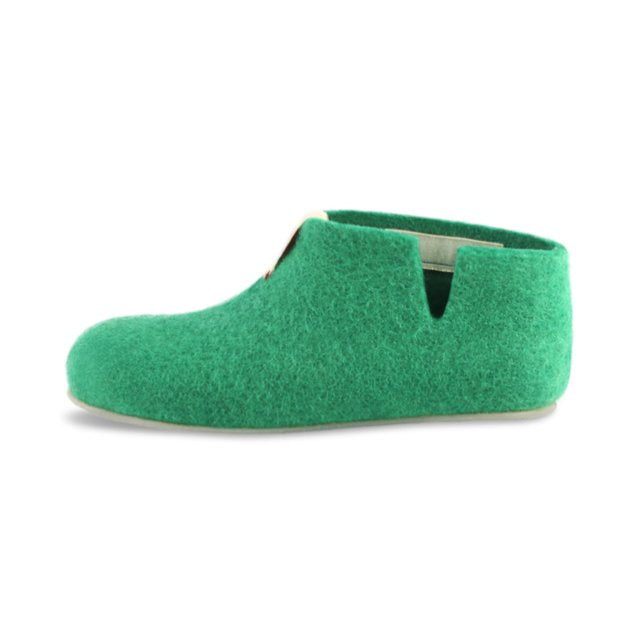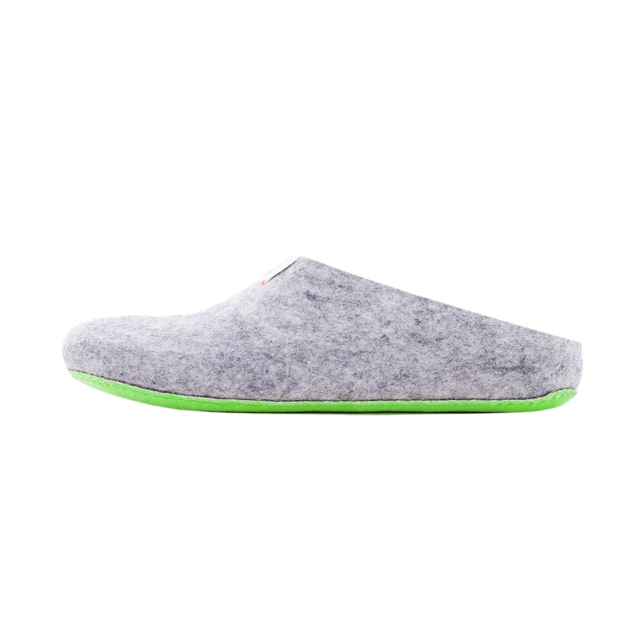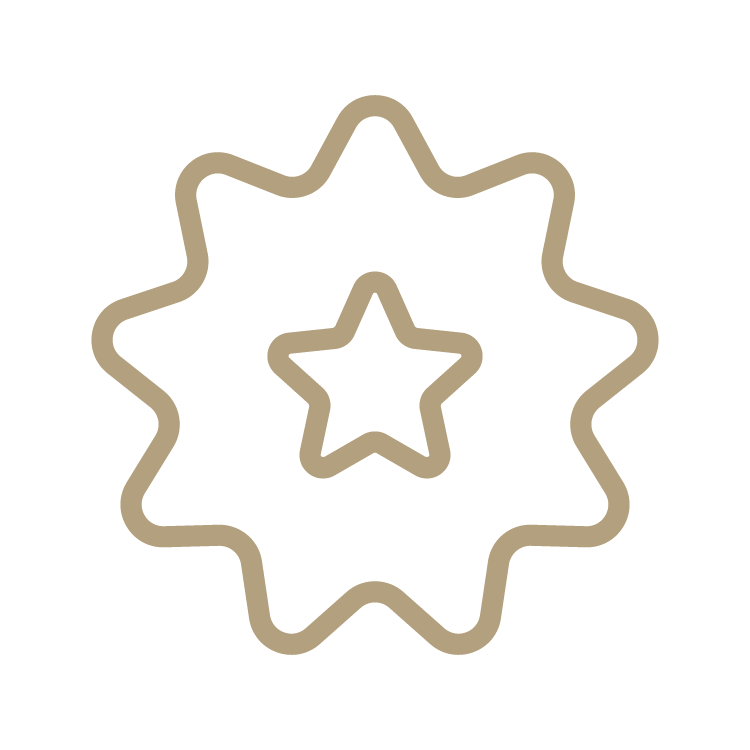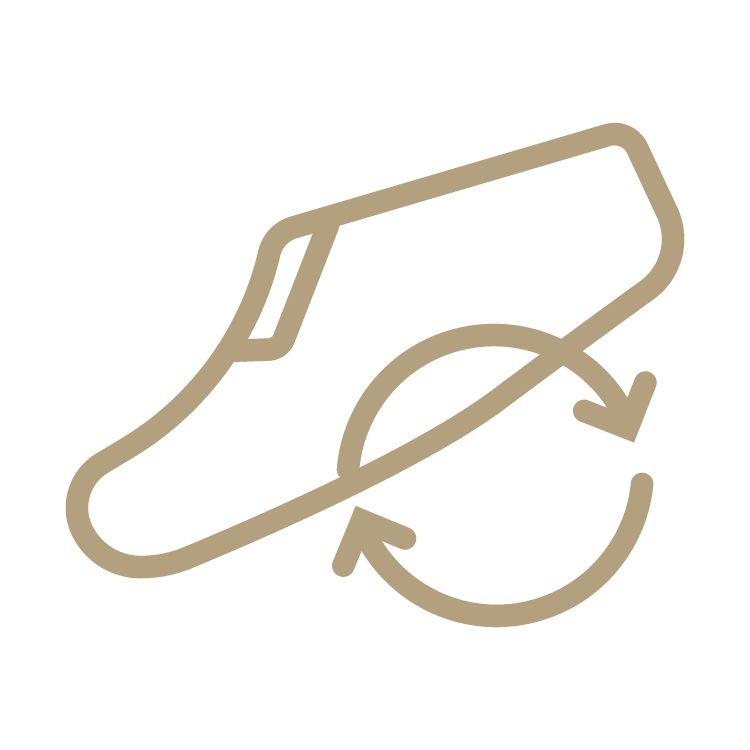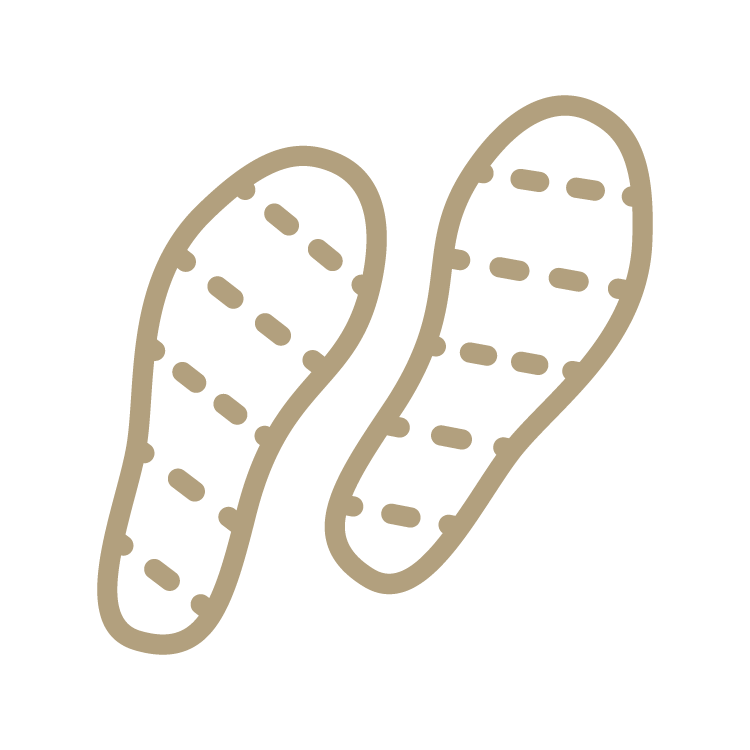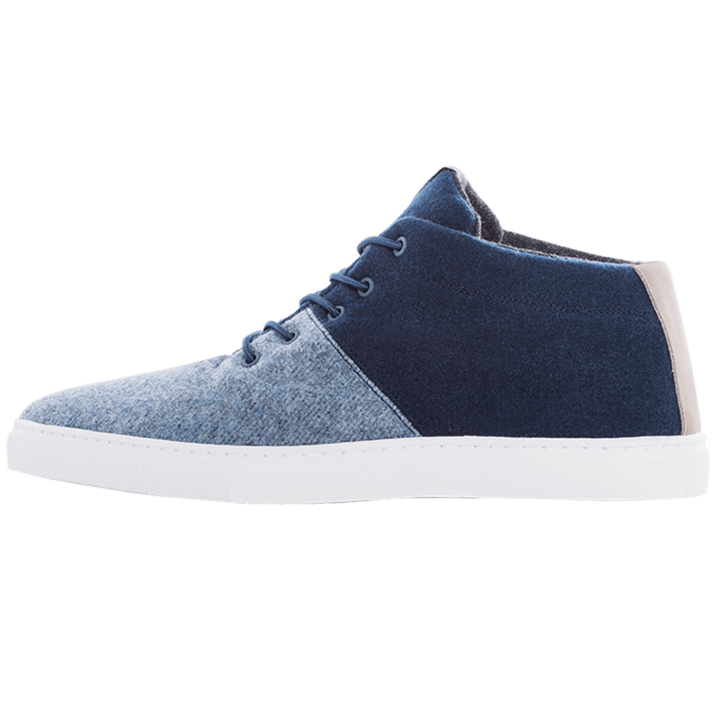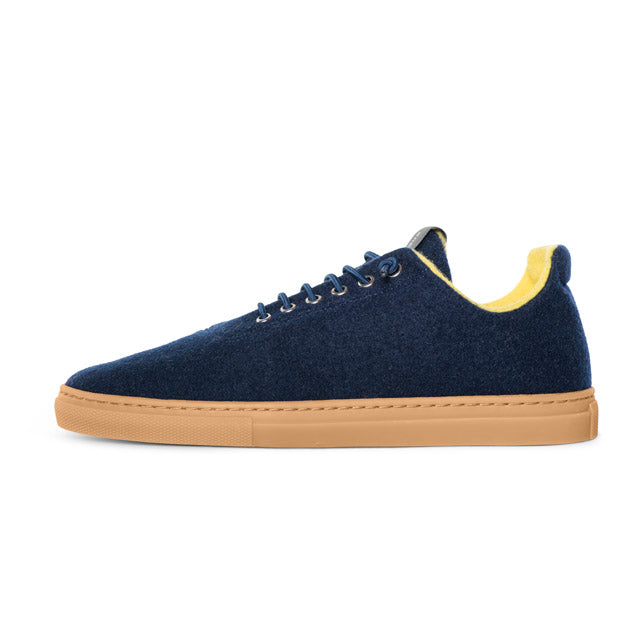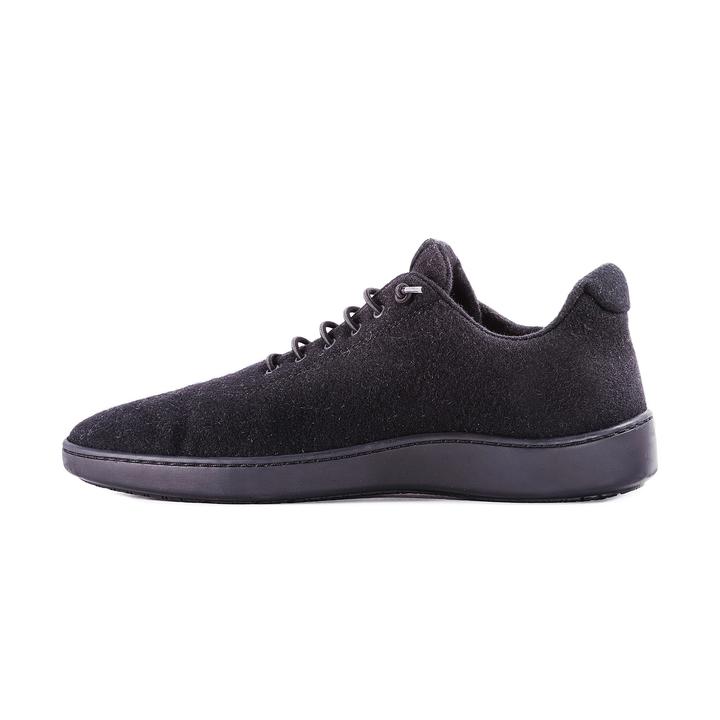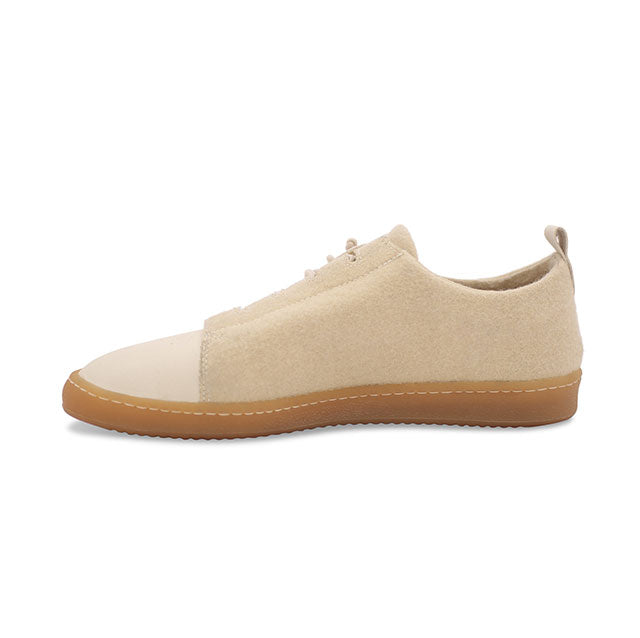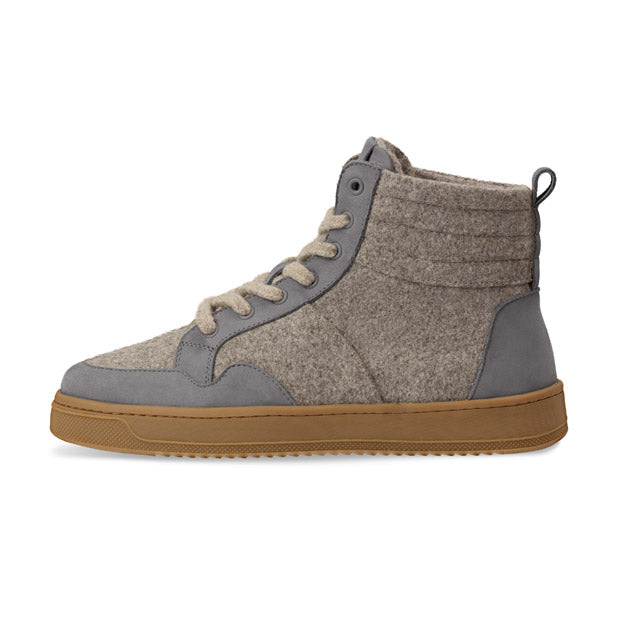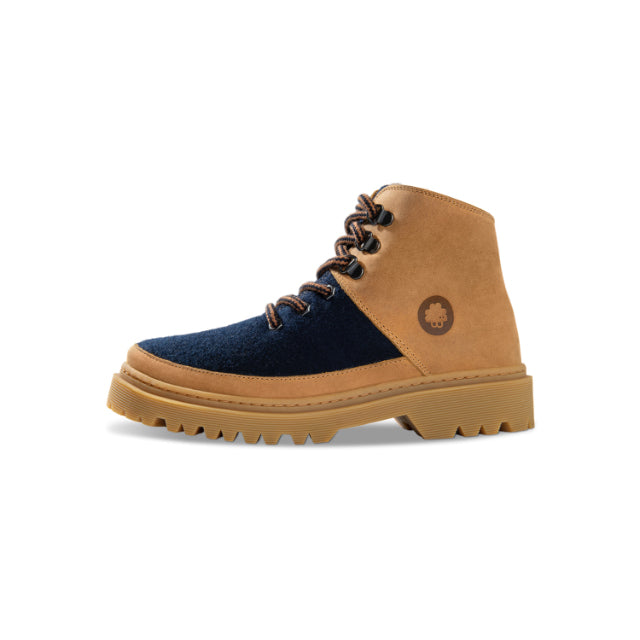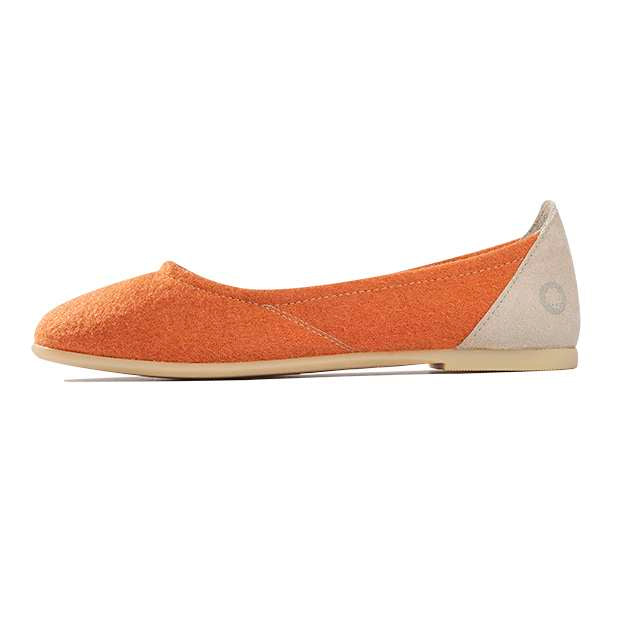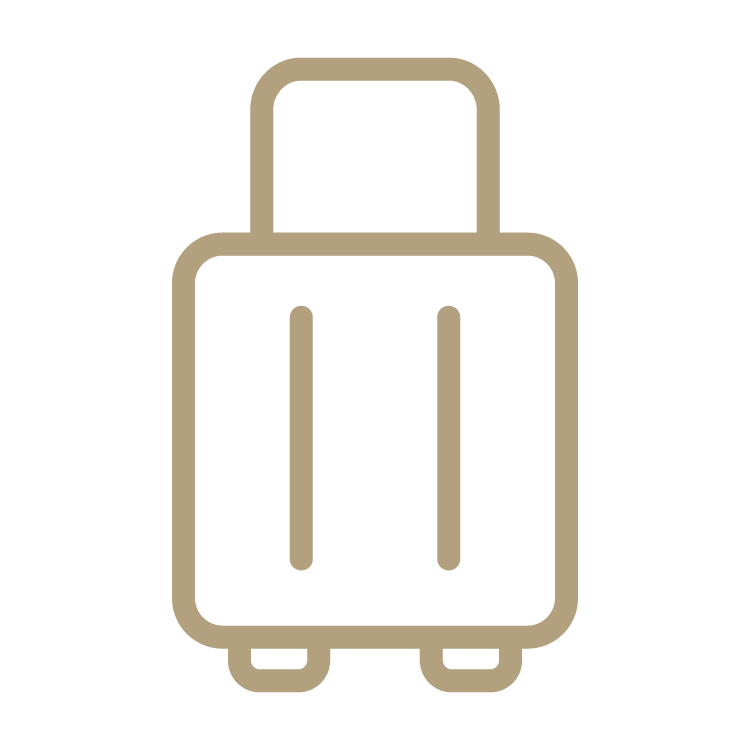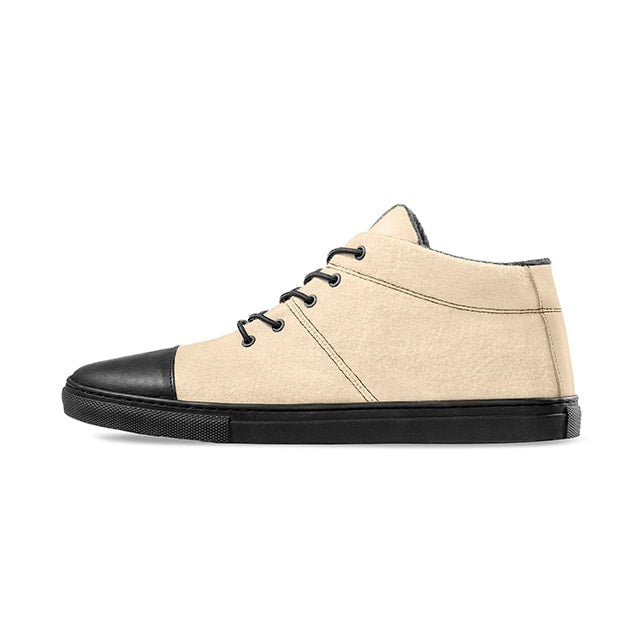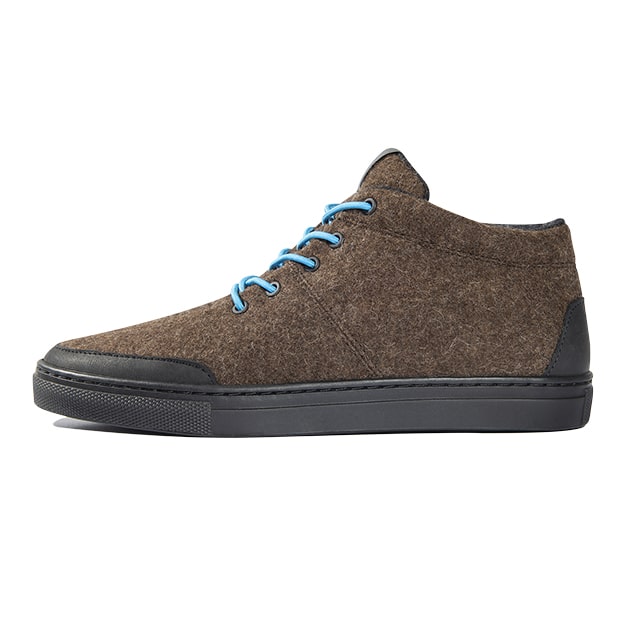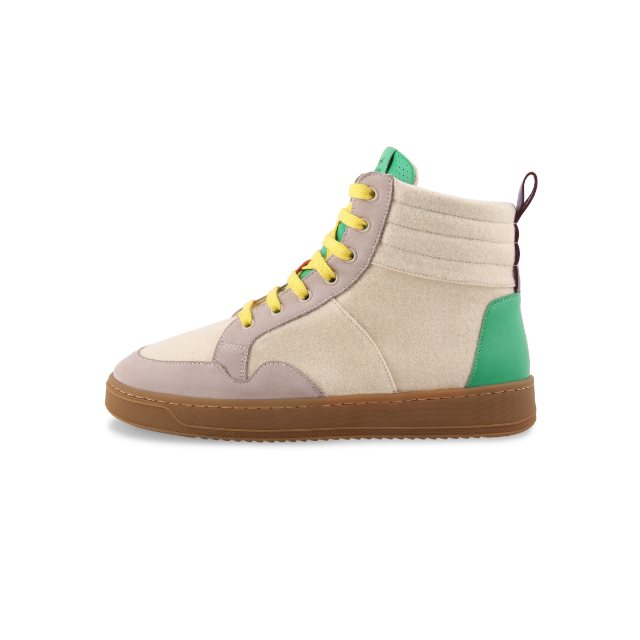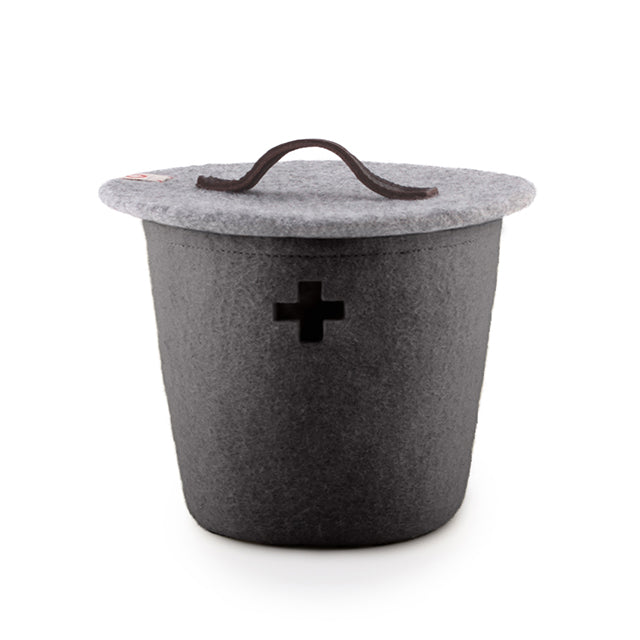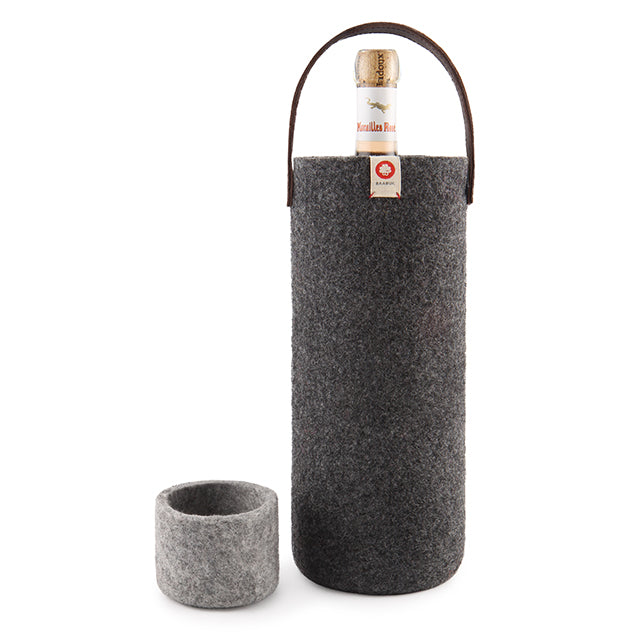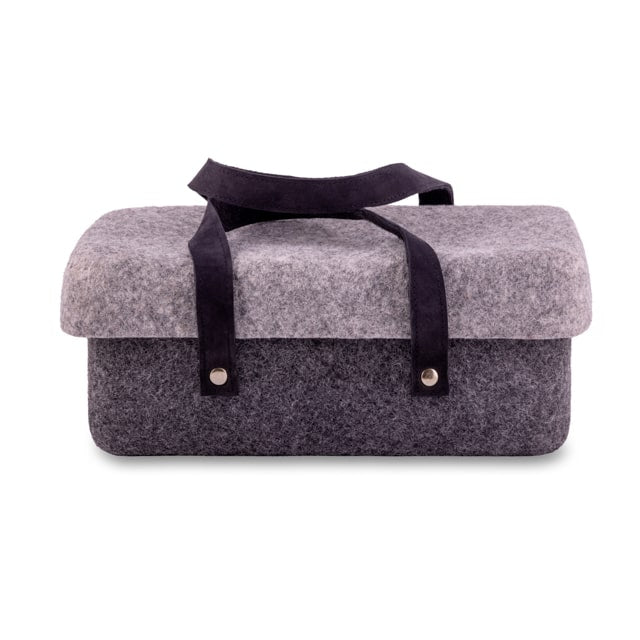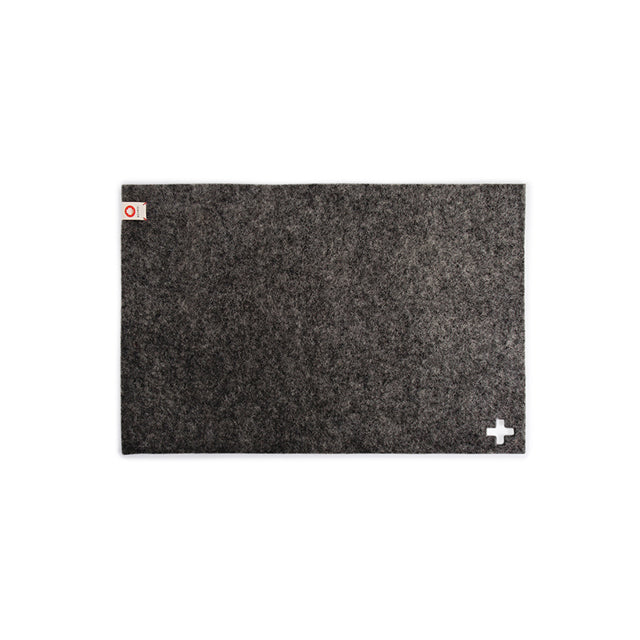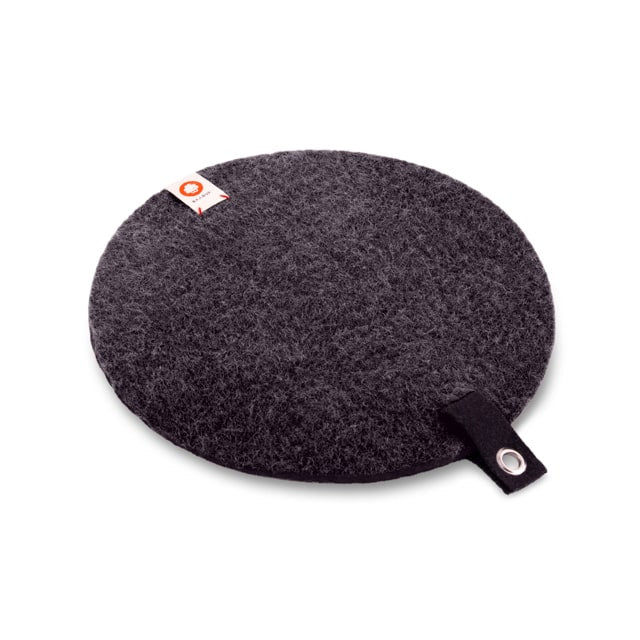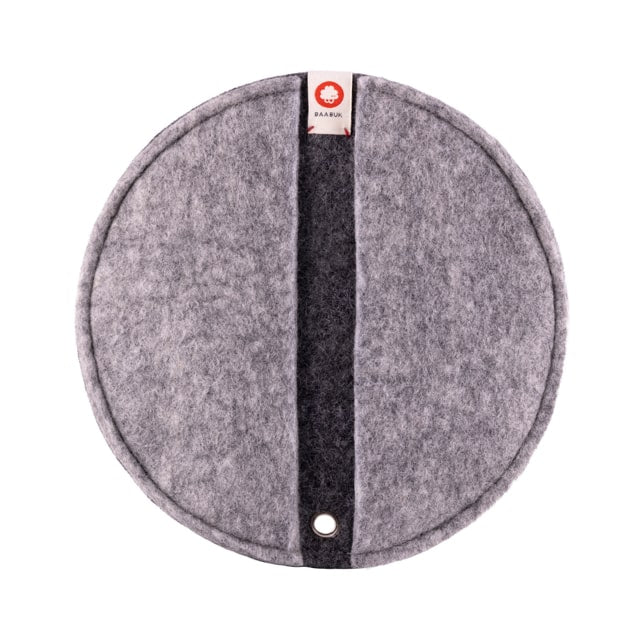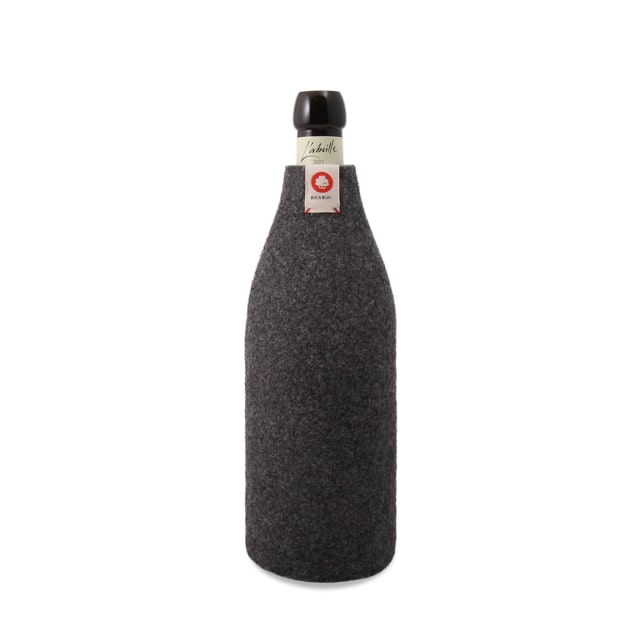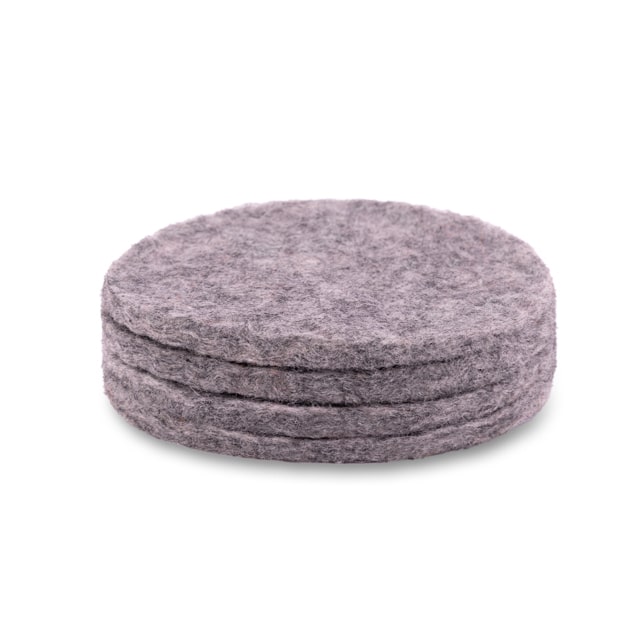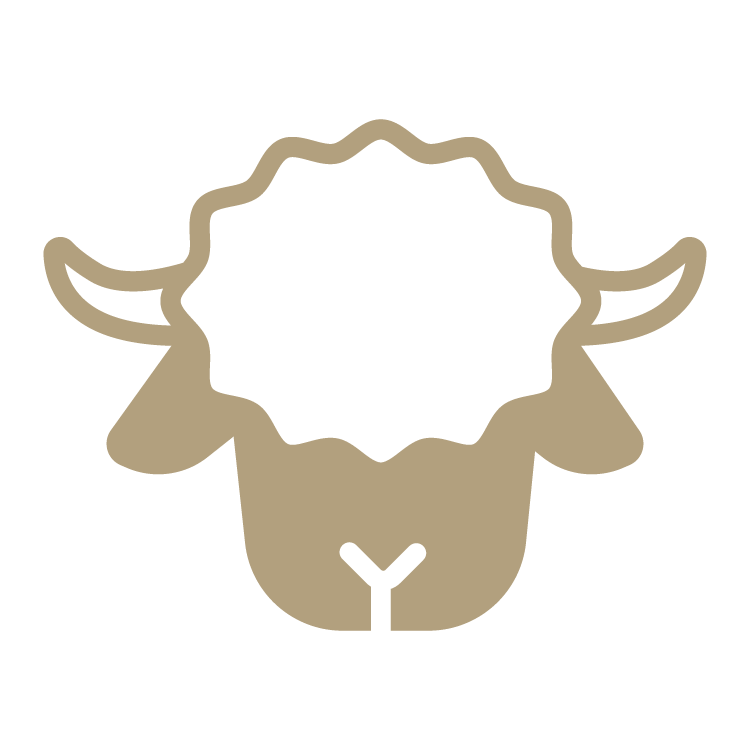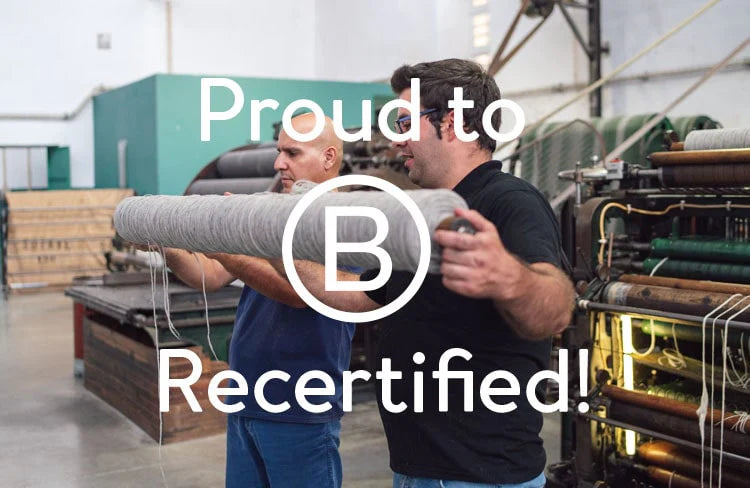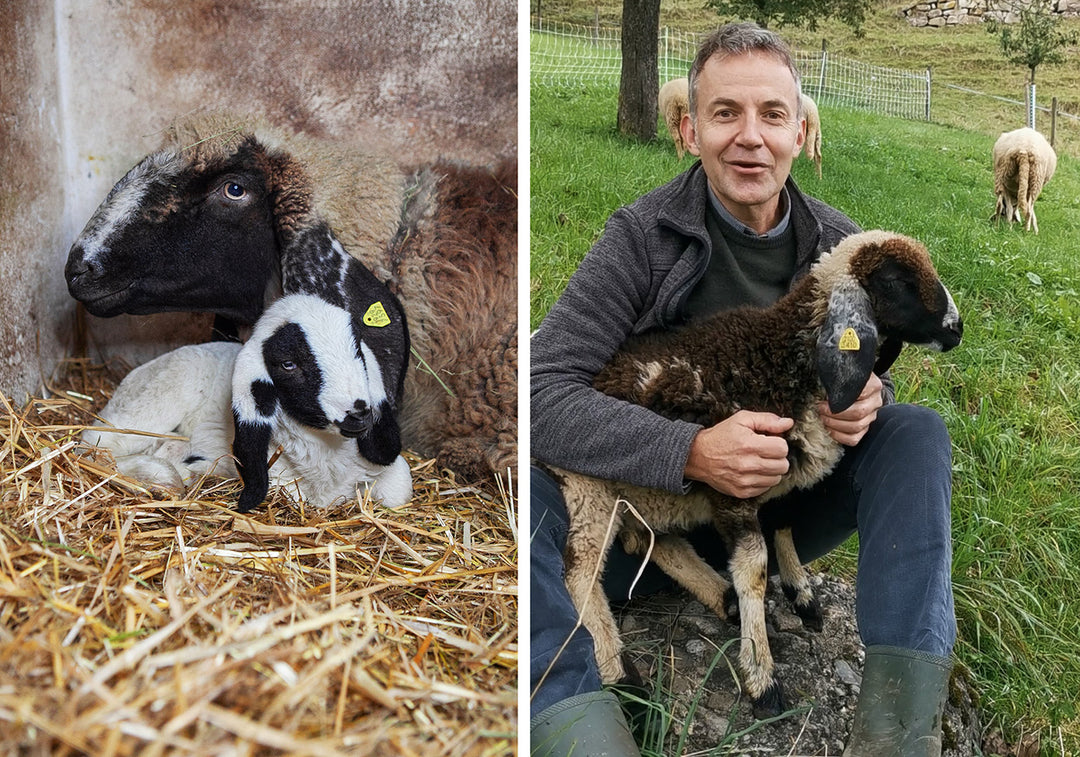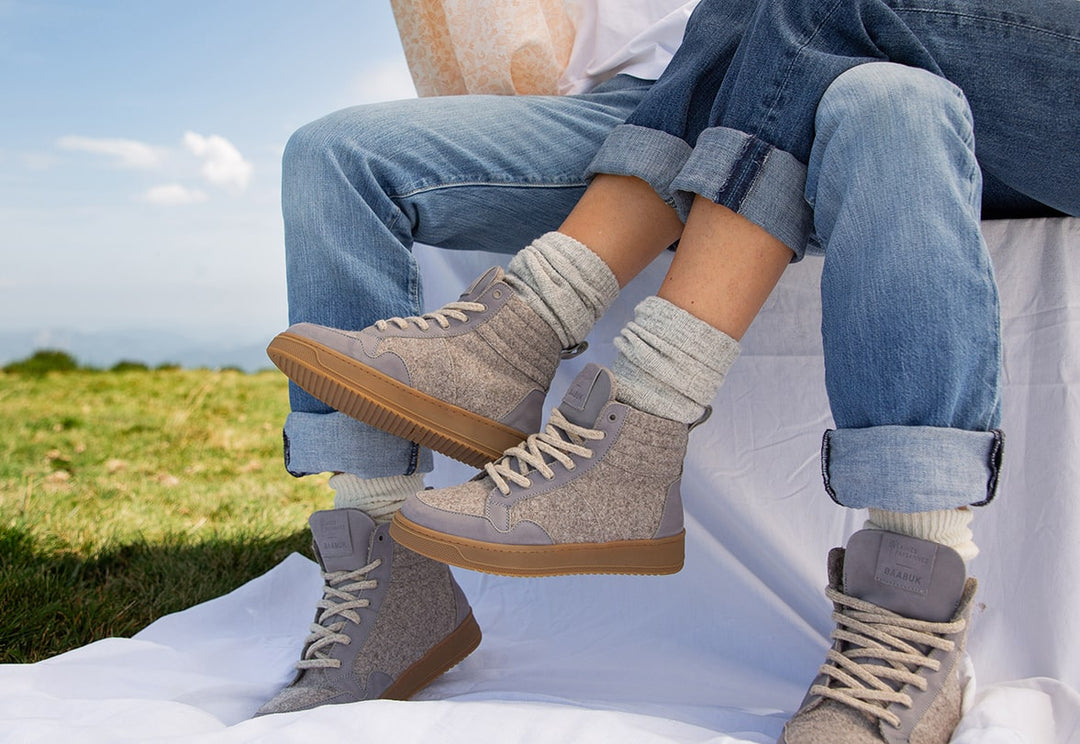How Wool Is Made - A Sheep's Story
Most people know that wool comes from sheep, but how it transforms from a sheep’s fluffy coat to material that’s ready to be worn is a journey. Wool goes through a multi-step process to clean it, regularize it, and transforms it into soft yarn. Although machinery can make the process much faster today, in most ways the process is the same as how people have been preparing wool for centuries.
Shearing the Sheep
Every year, at the end of winter, sheep farmers shear their sheep, using an electric tool similar to a razor that removes all of the sheep’s fleece in one piece. A single sheep’s annual fleece can weigh over 8 kilos, although most are around 3-4kgs. When done with care, shearing doesn’t harm the sheep – a key priority of our wool vendors at Baabuk. Shearing leaves them with a thin, cool coat for the summer months. Without shearing, the sheep’s fleece can severally overgrow, such as the famous case of “Shrek the Sheep”.

The wool is then sorted and prepared for cleaning.
Cleaning the Wool
A simple step of washing the wool with removes dirt, other contaminants, and natural oils from the wool. Some of these byproducts of cleaning the wool get used for other purposes. Lanolin, a wax secreted by sheep that helps to protect their wool, is included in many beauty products such as skin moisturizer.
Carding the Wool
Next, the wool fibers go through carding, a process that pulls them through fine metal teeth. Sheep wool is naturally curly; carding straightens out the fibers and makes them soft and fluffy. Originally, carding would be done by hand using two metal combs. Today, most manufacturers use machines to card large batches of wool more quickly. By the end of carding, the wool fibers are lined up into a thin, flat piece. These sheets can then be drawn into long, thin pieces called rovings

Spinning the Wool into Yarn
Spinning turns the wool pieces into a material that’s usable. Spinning uses a wheel to spin 2-5 strands of wool together. This forms long, strong pieces of wool that you would recognize as yarn. Different processes create different kinds of yarn that work for distinct final products. Worsted spinning, for example, makes a smooth, thin yarn that’s perfect for suits and other garments made with the finer material. Woolen spinning, on the other hand, makes a thicker yarn that’s perfect for knitting.
Weaving and Knitting
Some wool yarn is sold directly to consumers, who use it to craft hand-made scarves, sweaters, and other clothing. Other yarn forms the raw material for all kinds of wool products, from shoes to coats. It’s woven into pieces of fabric that are ready to be shaped by fashion designers.
Dyeing
Wool quickly absorbs water, which makes it very easy to dye. It can be dyed at almost any stage of the process, depending on what the final product will be. Simply submerging the wool into boiling water with the dye material, or applying colorful dyes directly to the fabric, produces the desired color.

The process of transforming a sheep’s fleece into soft and cozy wool is truly an art form that needs to be carefully managed. Although the process can be time-consuming, the end product carries many natural benefits. We’re proud to produce our sneakers, slippers, and boots with quality as the primary objective, from 100% natural wool – no blends and no compromises
Check out Baabuk's soft & cozy wool shoes!
